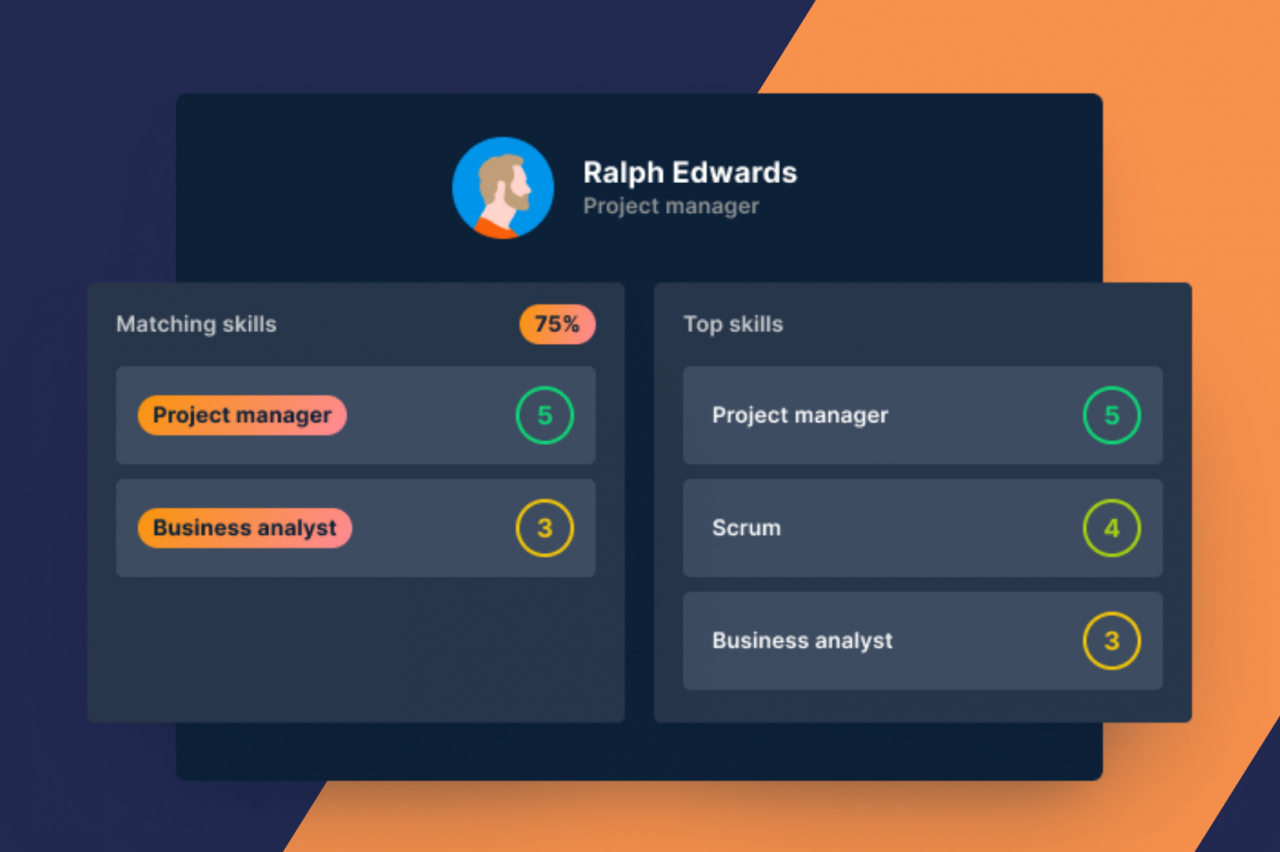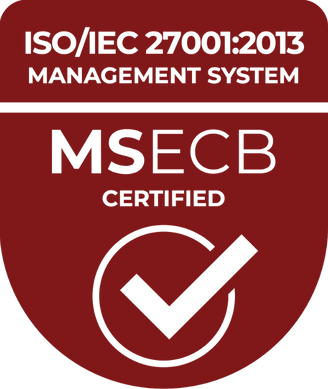Skills Management – KNOW your skills

In an ever-changing market with rapid digitalization, new market trends quickly arise. In order to maintain your market attractiveness towards a broad base of customers, you need to develop your skill supply so that supply and demand are in equilibrium.
However, developing your skill supply becomes a great challenge when you do not know your current status and the current/future market trends.
To KNOW your skills, you need to conduct a Skill Audit and a Skill Gap Analysis.
This will provide you with valuable information about:
· Current knowledge and competence gaps. Your workforce’s current status, and how it differs from where you want your organization to be in the future.
· Challenges that your company might come to face in terms of skills.
· The skills that you need to focus on when recruiting. (You will also understand whether your recruitment strategy is biased in favor of candidates with specific characteristics; is there a pattern that is unfavorable in comparison to your future needs? The same applies to external partners and sub-consultants that are brought in for specific projects).
How to conduct a Skill Audit and a Skill Gap Analysis
Step 1: Creating a skills inventory
A clear overview of your skill inventory helps you understand what your current employees may be missing in terms of skills and knowledge, and how you can maximize your staff’s productivity. This information can further on help you make the right managerial decisions moving forward; should we upskill? Reskill? Or recruit?
Workforces are dynamic, changing in shape and size as the business grows. Skill inventories thus demand continuous updating to give an accurate reflection of your current workforce. Keeping a skill inventory easily becomes a spreadsheet circus, and leaves you with an abundance of documents. However, this does not have to be the case. By gathering all the data in Cinode, you can get a thorough understanding of where your workforce stands when it comes to skills, without spending time manually updating excel sheets.
Step 2: Analyze your current status and the current market trends
· Which skills are in demand amongst our customers? What are their current needs?
· What is the general market demand?
· Is there anything on the horizon in the next 12 months?
Step 3: Analyze future needs.
· Moving forward, what are your goals?
· Which skills do you need within your workforce to reach these goals?
· Which tasks might come to be automatized in the nearest future?
· Which skills might be in demand in the next upcoming 12 months? 2 years?
· Which positions must be filled in your organization in the next upcoming year? 2 years?
· In which areas of the business do we lack knowledge or resources?
Step 4: compare supply with demand
· Are there any evident gaps?
· If yes, how can we fill these gaps?
Filling your Skill Gaps
Once you have identified your skill gaps, it is time to take action!
· Design an action plan
· Decide whether you should reskill, upskill or recruit
Upskilling means that you reduce the skills gap by developing your workforce’s existing skills, minimizing the gap between their current skill level and desired/needed skill level. Upskill your workforce through courses, certifications, or by letting people take advantage of the collective knowledge and learn from their colleagues.
Reskilling means that you train them for your future business needs by developing skills they currently do not have but need in the future.
Reskilling and upskilling keep your workforce motivated, and show that you see a great value (and want to invest) in their personal development. In the long run, people are more likely to stay within your company if they get to continuously grow and evolve.
If upskilling/reskilling isn’t enough to bridge the skill gap, you might need to recruit new team members or bring in external competencies.

Global Communication & Marketing
Global Communication & Marketing
